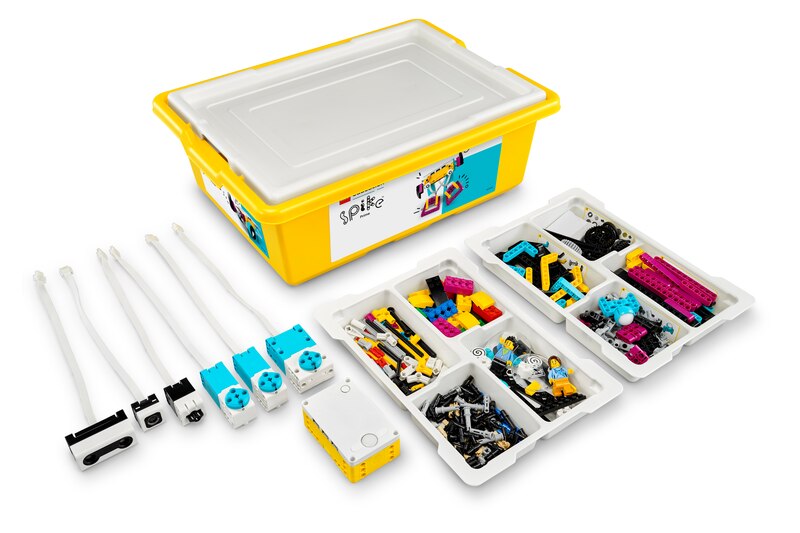
Master Microsoft Office Access Database with Easy Lesson Plans
Master Microsoft Office Access Database with Easy Lesson Plans
Microsoft Access is a tool from Microsoft that helps you make databases. With it, you can easily create and handle databases using a friendly point-and-click interface. You can design tables, forms, queries, and reports without much hassle. It lets you link data tables together, making it easier to organize information. Access also understands SQL queries for doing more advanced tasks with your data. Plus, Microsoft Office Access Database is a part of Microsoft Office, so it works well with other Office programs.
Honing Database Management Skills
1. Organizing Information: Learning database management helps students organize and structure information efficiently. This skill is helpful in various academic tasks, such as research projects and organizing study materials.
2. Data Analysis: Database skills enable students to analyze and extract meaningful insights from large sets of information. This is valuable for drawing conclusions and making informed decisions in academics and real-world scenarios.
3. Practical Application: Database management skills are widely used in professional settings. By learning these skills, students prepare for future careers where handling and analyzing data is a common requirement.
4. Efficient Retrieval: Understanding how databases work allows students to retrieve specific information quickly using the Microsoft Office Access Database platform. This is beneficial for finding relevant data in research, coursework, and other educational activities.
5. Problem Solving: Database management involves designing structures that efficiently store and retrieve data. It encourages students to think critically and develop problem-solving skills, which are valuable in various academic and professional settings.
Hands-on TechnoMission Project by TechnoKids
In the TechnoMission Project, teachers guide middle and high school students through a series of lessons to build fundamental database skills using Microsoft Office Access Database lessons. The introductory course will cover the basics of creating and managing databases, offering hands-on experience and practical knowledge.
Scope of Project: Students use TechnoMission to learn how to make a basic database. They start by checking out a space exploration database with clear pictures and instructions. Then, they choose a topic they are interested in and create their own database. Students are required to make a table and adjust the field settings. After that, they create a form and curate a simple report. It’s a fun and exciting project that helps students learn how to manage data.
Explain the following concepts to students:
1. Table: Think of a table like a digital spreadsheet. It’s a place where you organize information into rows and columns.
2. Form: A form is like a digital data entry page. It helps you input information into your table in an organized way, making it easy to add and update data.
3. Record: A record is a single row in your table. Imagine it as a complete set of information about one specific thing, like a student’s or book’s information.
4. Field: A field is like a column in your table. It’s a specific piece of information, such as a person’s name or a book’s publication date. Each column (field) contains different information types in your table.
Steps to Filter Record in a Microsoft Office access database:
- Open Database: Launch Microsoft Access and open your database.
- Choose Data: Go to the table or query where your data is stored.
- Apply Filter: Click on the column header and use the “Filter” option for simple or advanced filtering.
- Clear Filter: To revert to the full dataset, click “Clear Filter” in the column header.
Creating a form in Microsoft Office Access Database:
- Open Your Database: Launch Microsoft Access and open the database where you want to create a form.
- Navigate to “Forms”: In the left navigation pane, locate and click on the “Forms” object.
- Create a New Form: Click the “New” button or double-click “Create Form in Design View” to start a new form.
- Choose Data Source: Access will prompt you to select a data source. Choose the table or query that contains the data you want the form to display.
- Design Your Form: Access will open the form in the design view. Here, you can add fields, labels, and other elements. Drag and drop fields from the Field List to position them on the form.
- Save Your Form: Once your form is designed, save it by clicking on the save icon or pressing Ctrl + S.
- Switch to Form View: Switch to Form View to see how your form will appear to users. Click “View” on the Home tab and select “Form View.”
- Adjust Layout and Design: Fine-tune the layout and design based on how you want users to interact with the form.
- Close and Use: Close the form design view when you’re satisfied. Users can now interact with your form to input or retrieve data.
TechnoMission Reference Material: The Student Workbook in PDF format helps students learn independently and at a comfortable pace. It’s also designed to suit different learning styles. There are pictures to illustrate examples. One can refer to the sample Space Exploration database with 55 missions.
To sum up, the program focuses on essential tech skills for future career opportunities and improving computer abilities to match employers’ expectations. It also encourages students to flaunt their communication skills, creativity, and problem-solving abilities. The TechnoMission program helps learners have a good mix of techie know-how and personal skills for success in different jobs.








Recent Comments